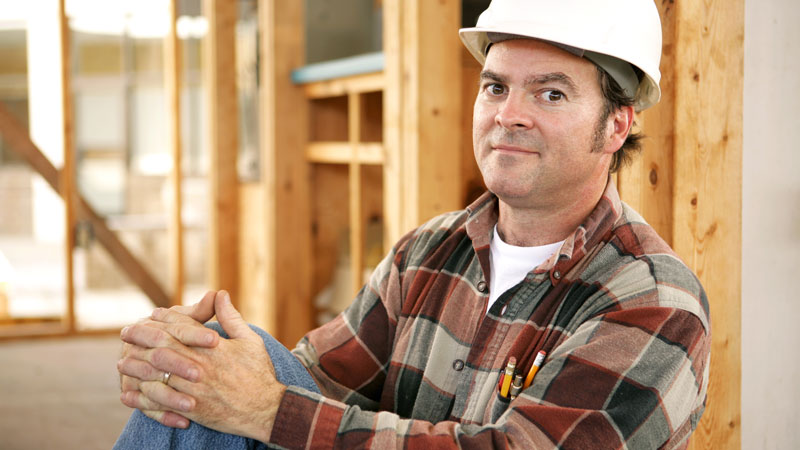Figures from the 2013/2014 Health & Safety Executive report found that there were 133 worker deaths and 70 members of the public fatally injured during this period. Over half of these accidents occurred in three ways: falls from heights, contact with moving machinery, or being struck with a vehicle (railway-related incidents were excluded from the figures).
Falls, slips, and trips, were the most commonly reported accidents, and accounted for 35% of employee injuries. An estimated 1.9m working days were lost as a result of these incidents, many of which could have been avoided if the proper protocols had been followed.
Education and Training
The powerful tool you have at your disposal is education. It is your responsibility to ensure that your employees are aware of the correct behaviour when acting out roles that, when not performed correctly, can lead to future injuries. Concrete casting, reinforcing, or welding, for instance, can all be the cause of future upper limb disorders. Workers also need to be instructed and trained how to lift with the appropriate technique. This can help prevent any future spinal injuries. When possible, though, manual handling should be outsourced to mechanical equipment.
There are many service providers that offer a variety of courses to help avoid these kinds of issues, including qualifications for CITB cards and CCNSG Safety Passports that are required by many construction sites and companies across the UK.
Equipment and Safeguards
The next step is to make sure all on-site equipment is up-to-code. Your employees can have all the education and training that is available, but if they are forced to work with substandard equipment this will harm not only their productivity but possibly their livelihoods. Sourcing equipment from trusted suppliers, like Handing Equipment Online, is the easiest way to do this. All heavy machinery should be equipped with safety devices, such as sound signals or safety guards.
To ensure that your site is safe, all employees need to be made aware aware of fire escape routes and your first-aid facilities need to be professionally inspected that you can offer suitable care in the event of an accident. Finally, to reduce the chance of accidents to members of the public, the site should be fenced off and fitted with the appropriate signage, such as directions for alternate routes and warnings that the site is for authorised personnel only.
In the best-case scenario, on-site accidents are limited to such a degree that they become a statistical anomaly. Until then, though, it’s crucial that you’re covered by the correct insurance policies for when an accident does occur. For any business that relies on a construction site, you need to be aware of the correct health and safety regulations.
View the original article and our Inspiration here


Leave a Reply